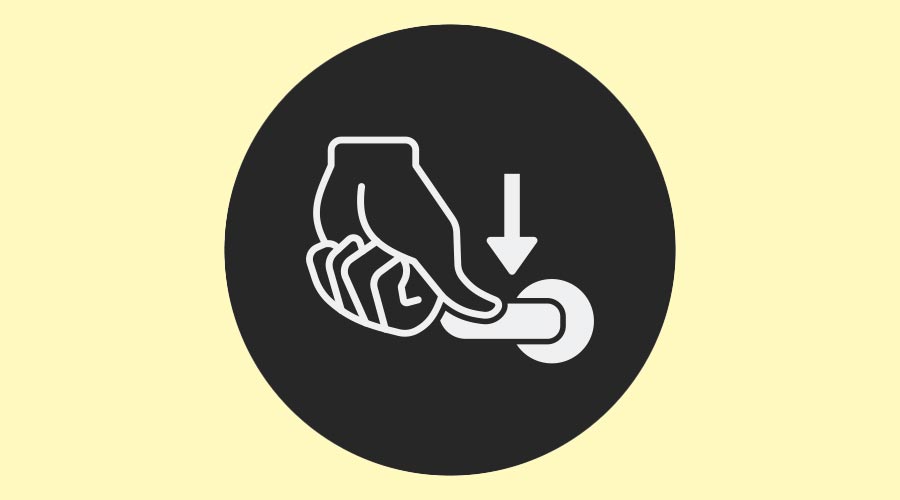
A new study published in the American Journal of Infection Control (AJIC) demonstrates that viral particles spread to many restroom surfaces during toilet flushing, regardless of whether the toilet lid is up or down. In this analysis, the only meaningful way of reducing viral particles was through disinfection of the toilet, toilet water, and nearby surfaces.
Scientists have long known that the process of toilet flushing can aerosolize pathogens expelled into the toilet bowl by an unhealthy individual. The aerosol plume created from the force of flushing can travel five feet or more, spreading pathogens to floors, walls, sinks, and other nearby surfaces in a bathroom. Prior studies have found that closing the toilet lid can help reduce the spread of bacterial pathogens, but until now, there has not been a report of whether the same is true for viral pathogens, which tend to be much smaller than their bacterial counterparts.
In this new study, scientists from the University of Arizona and Reckitt Benckiser analyzed the spread of viral particles induced by toilet flushing, with toilet lids open and closed to determine any difference in outcome. Using a virus that is not pathogenic to humans as a proxy for more dangerous viruses, they seeded toilets with varying doses of the virus, flushed, and then collected samples from the toilet bowl water as well as surfaces on the toilet, floor, and walls. In a separate analysis of the effectiveness of cleaning the toilet with a disinfectant, samples were also collected from the toilet bowl brush and its caddy. The study included both household and public toilets; the impact of toilet lid closure could only be studied with the household toilet since public toilets typically do not have lids.
With the household toilet, researchers found that there was no statistical difference in the amount of virus collected from surfaces on the toilet or the nearby floor whether the toilet was flushed with the lid up or down. Viral contamination of the surrounding walls was minimal in both cases, while the toilet seat was the most contaminated surface. Similar patterns of contamination were observed with the public toilet.
The study also reviewed the effects of cleaning the toilet, both with and without disinfectant. Cleaning with only the brush left behind substantial contamination, but cleaning the toilet bowl with a disinfectant and brush significantly reduced the amount of virus found in the toilet. Results show that adding disinfectant to the toilet bowl before flushing or using disinfectant dispensers in the toilet tank were both effective ways to reduce contamination from flushing.
“In healthcare settings, any potential means of pathogen transmission must be addressed to keep all of our patients — including the most vulnerable, such as immunocompromised individuals — as healthy as possible,” says Charles P. Gerba, PhD, professor of virology at the University of Arizona and senior author of this study. “With results showing that closing toilet lids has no meaningful impact on preventing the spread of viral particles, our study highlights the importance of regular disinfection of toilets to reduce contamination and prevent the spread of viruses.”
Additional findings from the study include:
• Cleaning with a disinfectant and brush reduced viral contamination on the toilet by more than 99.99 percent and on the brush by 97.64 percent.
• Closing the toilet lid may alter the direction of the aerosol plume. In this study, floor surfaces in front of and to the left of the toilet were more contaminated after flushing with a closed lid than with an open lid, and floor surfaces to the right of the toilet were less contaminated.
• These findings extend to households. When one member of a household is sick, particularly with an infection that causes gastroenteritis, the regular incorporation of a disinfectant during cleaning or prior to flushing may help reduce the spread of infection to others in the household.
“This study helps establish a clearer understanding of how pathogens spread and the measures we can take to break those chains of transmission,” says Tania Bubb, PhD, RN, CIC, FAPIC, 2024 APIC president. “It also underscores the importance of regular disinfection of surfaces in healthcare settings for reducing the spread of viral infections.”

 The Down and Dirty on Cleaning in Virus Season
The Down and Dirty on Cleaning in Virus Season How Surfactant Use is Expanding in Commercial Cleaning
How Surfactant Use is Expanding in Commercial Cleaning Operational Excellence Series 2025: Better Budgeting
Operational Excellence Series 2025: Better Budgeting